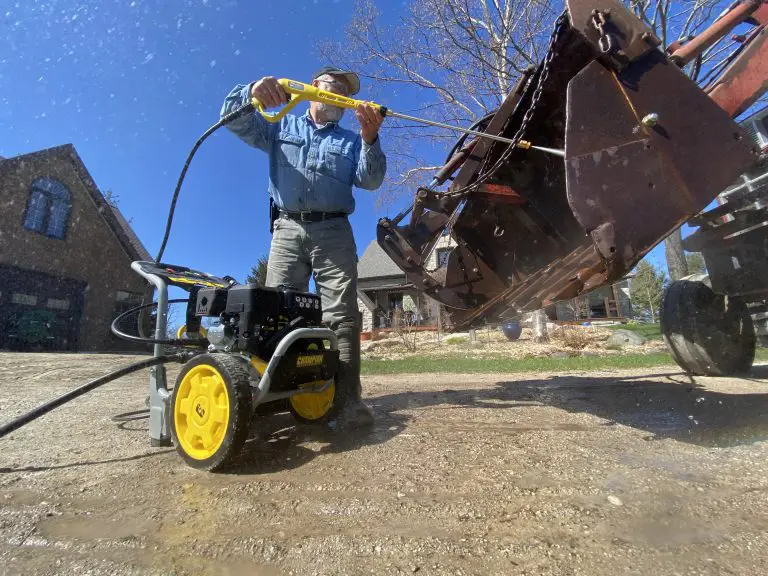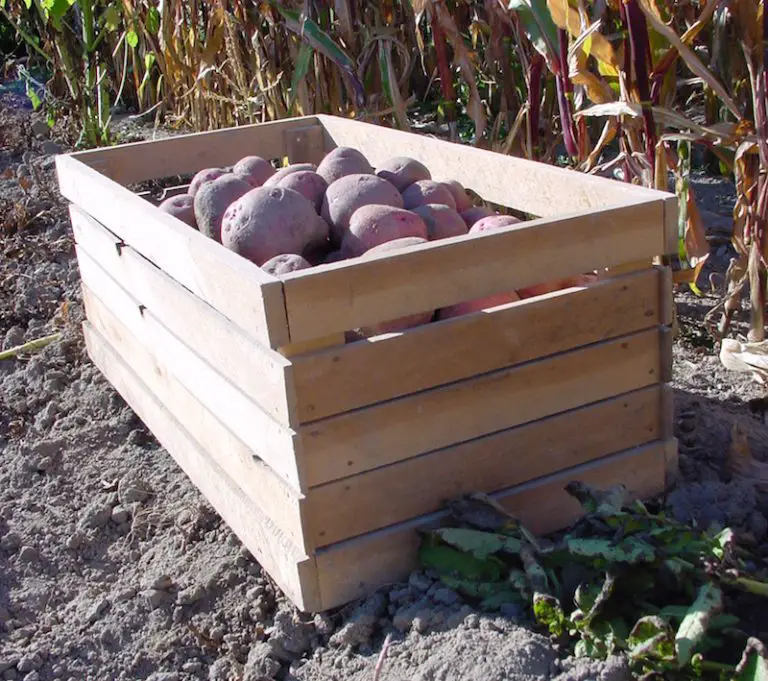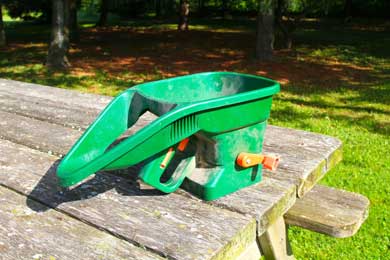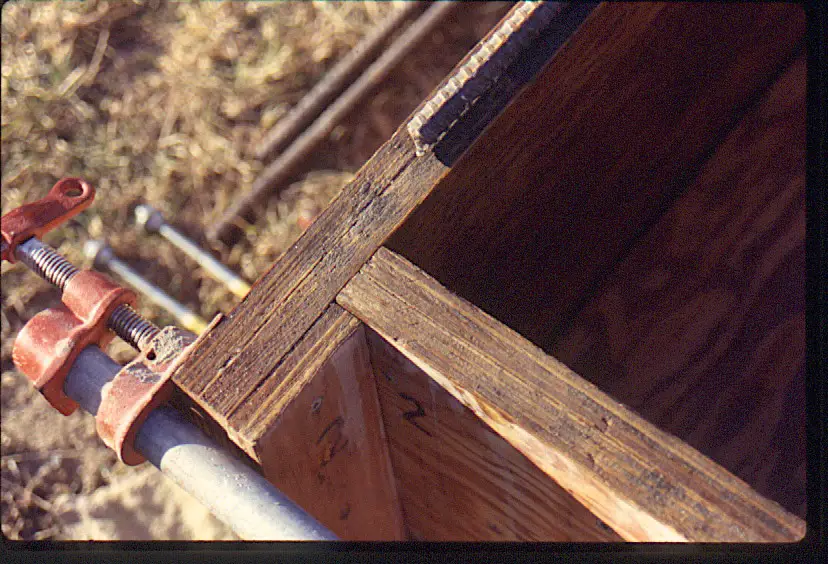
This is the corner of a plywood form I built to make the lintels you see above the windows in my house, further down in this article. The form is held together with pipe clamps, so it comes apart easily after filling with concrete.
Q: How can I cast my own concrete outdoor steps? I’m not impressed with what’s available at home improvement stores, and I remember reading an article of yours about casting concrete so it looks like stone. What’s the process? What sort of mixture should I use?
A: In 1993, I developed an approach for casting lintels, window sills, stair treads and other masonry parts so they look like hand-worked stone, and I’m still using these methods today. It’s a process that any handy person can use, and you need to start by making a simple wooden form that comes apart easily when the casting is complete. You can see the corner of the form I built below.
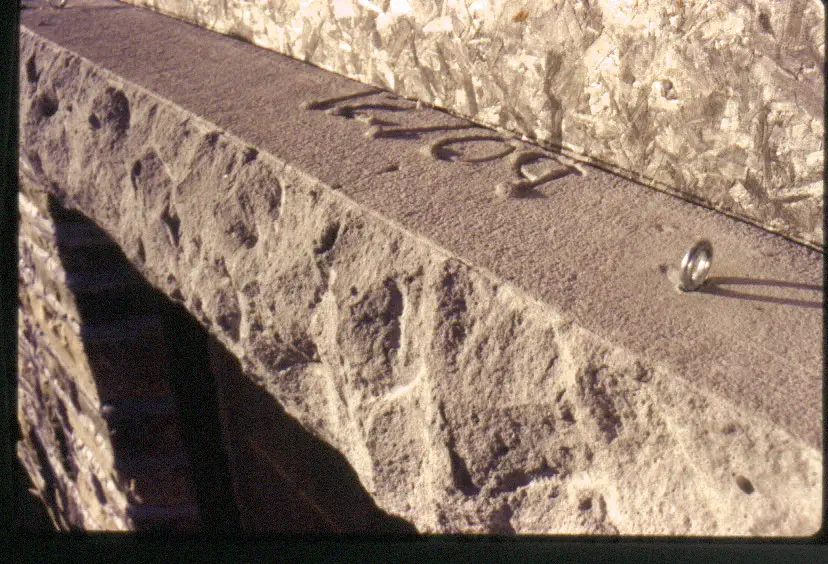
When the hardened block of mortar comes out of the forms it looks ugly because all faces are flat, though it won’t stay this way. When the casting has fully cured (about 3 weeks in warm weather), I chisel the exposed faces the same way I work with stone, giving the surfaces texture and visual interest. The results look surprisingly like hand-worked sedimentary rock. I’ve even had professional stonemasons ask me where I got such beautiful stone to work with.

For load-bearing applications, like the lintel shown above, I place corrosion-proof reinforcing rods into the mortar as the forms are filled. Linseed oil applied to the plywood before each use makes it easy to clean residual mortar off after forms are stripped.
Do you see the edge of the round window in the top, right-hand corner of this photo? Those stones are natural, not cast, and you can see how I do this with the video below. A lot of people have found this video interesting, even if they don’t plan on working with stone themselves. It’s fun to watch.
- Video Watch Time = 32 minutes







